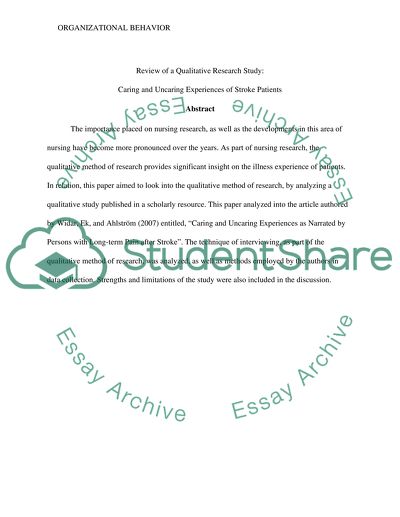Cite this document
(“Review of a Qualitative Research Study: Caring and Uncaring Paper”, n.d.)
Retrieved from https://studentshare.org/nursing/1443767-review-of-a-qualitative-research-stud-ex-article
Retrieved from https://studentshare.org/nursing/1443767-review-of-a-qualitative-research-stud-ex-article
(Review of a Qualitative Research Study: Caring and Uncaring Paper)
https://studentshare.org/nursing/1443767-review-of-a-qualitative-research-stud-ex-article.
https://studentshare.org/nursing/1443767-review-of-a-qualitative-research-stud-ex-article.
“Review of a Qualitative Research Study: Caring and Uncaring Paper”, n.d. https://studentshare.org/nursing/1443767-review-of-a-qualitative-research-stud-ex-article.


